Dattatreya Jayanti 2025: Date, History & Its Significance
Dattatreya Jayanti 2025 is a highly auspicious Hindu festival that marks the birth anniversary of Lord Dattatreya. Devotees will gather…
 0%
0%
Explore the list of Hindu festivals. Learn about their history, traditions, and cultural importance across India. Click to learn more!

Who says India is the land of broken roads, poverty, and illiterate people only? India does not have this only, but it’s a beautiful country with so many Hindu festivals celebrations here to bring joy, togetherness, and prosperity.
Do you celebrate the cute & naughty relationship between brother & sister? We, as Indians, celebrate it as Raksha Bandhan. Have you heard about the festival of light & victory? It’s Diwali, the biggest Hindu festival.
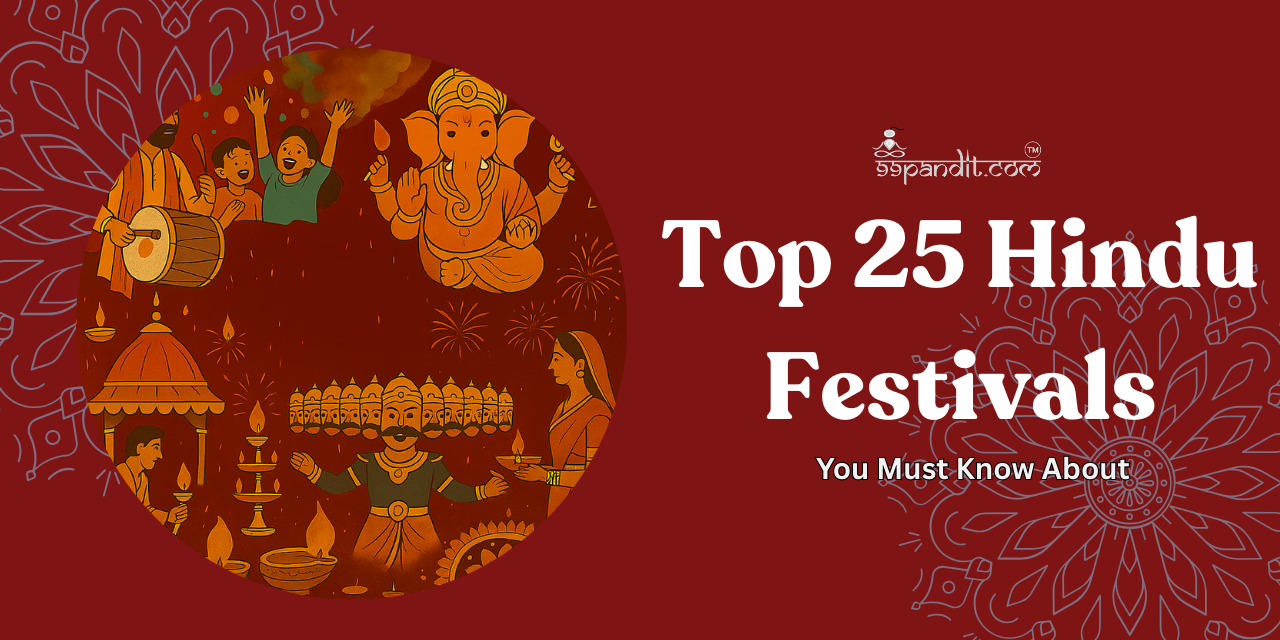
Likewise, there are so many days & festivals celebrated to bring people together, share happiness, and forgive each other. This is what we are going to talk about in our blog.
Whether you’re in India or abroad, you never forget your roots or land. If you’re looking to know the top 25 Hindu festivals, here’s the guide.
However, do not forget these days are marked as public holidays, hence the banks and government offices remain closed.
If you have something important to complete, it is advised to plan in advance to avoid any delays.
The importance of Hindu festivals lies in their cultural, spiritual, and social aspects, showing the richness and diversity of religious customs.
These festivals are not just the celebration of rituals, but also show our emotions, faith, and belief.
It represents devotion, gratitude, and the cyclical nature of life. This is how Hindu festivals are important for all of us.
Hindu festivals are the way to please gods and goddesses like Shiva, Vishnu, Durga, Lakshmi, and Krishna.
It celebrates divine events such as births, victories over evil, and cosmic happenings (Diwali shows the victory and return of lord ram, Janmashtami is the celebration of lord krishna’s birth).
Some people keep fasting on these days, perform specific rituals, and meditate during these auspicious days to boost spiritual discipline and self-awareness.
The history of the festivals usually carries moral messages – the triumph of good over evil, the significance of duty and compromise (Karwa Chauth), and the value of trust and dedication (Chhath Puja). These facts motivate people to lead virtuous and meaningful lives.
Auspicious events combine families, groups, and communities, strengthening a sense of belonging and unity.
The occasions are for sharing joy, gifts, and collective rituals, reducing the gaps of generational and social cohesion.
A list of Hindu festivals is connected to natural cycles and agricultural activities like Makar Sankranti and Pongal, which mark harvesting. It’s the way to depict nature and reinforce harmony with the environment.
Signing devotional songs, folk dances, rituals, and traditional attire, festivals help keep and pass the cultural customs to the next generation. All festivals show regional art forms, cuisine, and language variation.
The moments of joy, reflection, and hope are given by festivals in our daily busy lives. It gives a mental reset, boosts family relations, and provides support to lessen the stress via communal celebration.
In India, the festivals are a trove of vibrant colours, joyful celebrations, and traditional richness. All festivals hold special significance, giving visitors a wide range of experiences.
Be ready to immerse yourself in a burst of activity, rhythmic music, customary dances, tasty food, and a strong sense of community spirit.
One of the most well-known parts of festivals in India is the sheer energy that fills the environment.
Dancing spiritually in Garba during Navaratri to the awe-inspiring presentation of fireworks during Diwali, each festival gets a unique fervour and happiness.
You can experience the devotion and faith of the worshippers during sacred processions, be fascinated by the beautiful decorations and artistic expressions, and experience the warmth of Indian hospitality as people extend their offerings and present traditional sweets and delicacies.
Cherishing the vibrant and colourful attire styles of India would not just make you feel a part of the celebrations but also improve the entire experience.
It’s worth evaluating the climate and weather situations while picking up your festival dress.
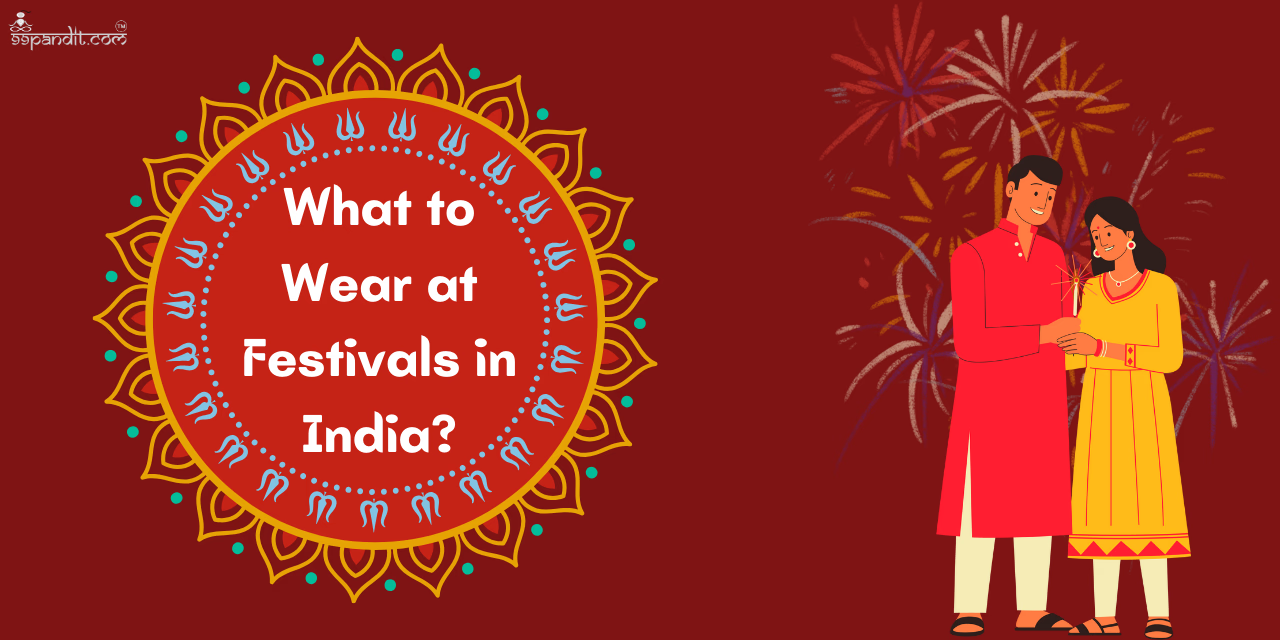
Light and comfortable fabrics like cotton or silk are perfect for hot summer festivals, while warmer fabrics like wool or silk are right for celebration during cold months.
Remember to accessorise with statement jewellery, like bangles, earrings, or necklaces, that can give a touch of sparkle to your festive vibes.
Mainly celebrated in Gujarat, the festival of Makar Sankranti is celebrated across India to mark the transformation of the sun into the zodiac sign of Capricorn.
In Gujarat, people fly colourful kites, are involved in kite-flying competitions, eat different traditional foods or sweets like til chikki, ‘undhiyu’, and participate in cultural rituals.
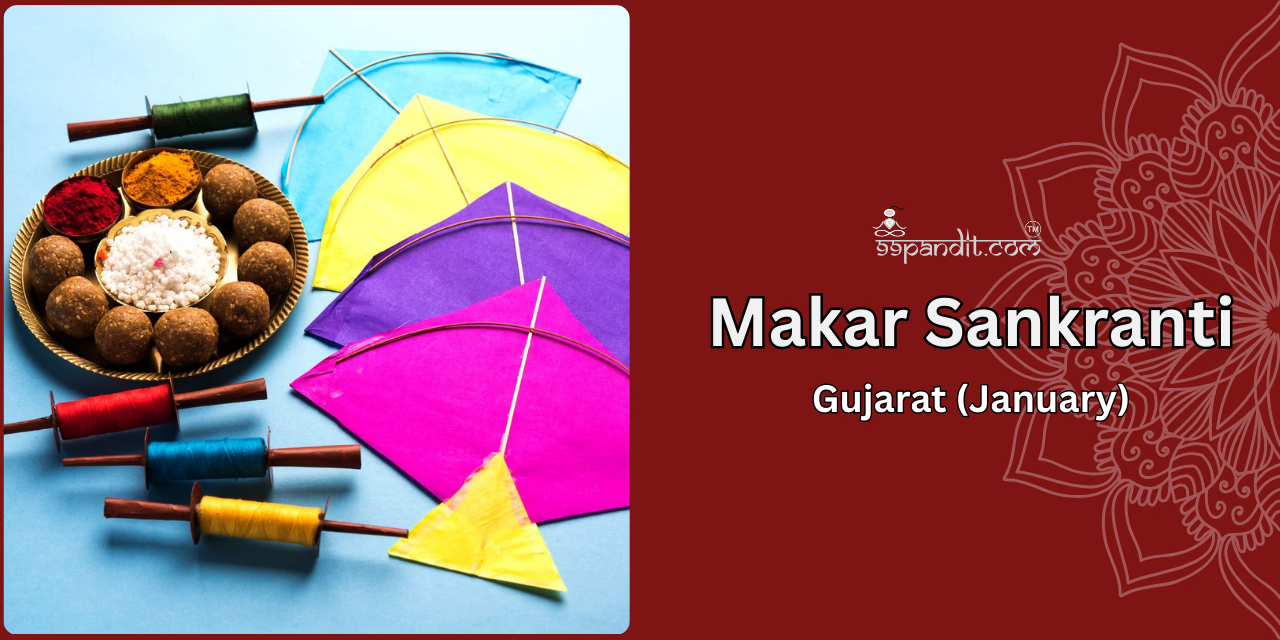
The sky is filled with a lot of kites, which gives a festive vibe, a joyful atmosphere, and is synonymous with the vibrant festival in the country.
The festival, which comes one day before Makar Sankranti. Lohri commemorates the harvest primarily in north India, especially in Punjab and parts of Himachal Pradesh and Haryana.
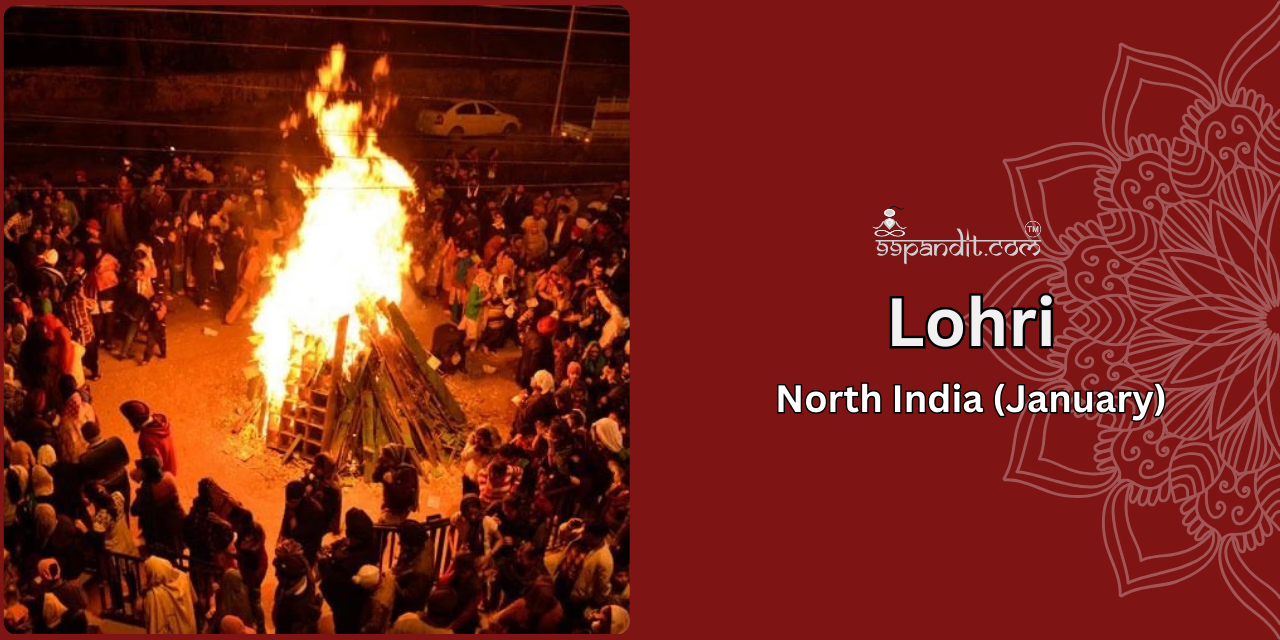
It shows the end of winter and the coming of longer days. A part of this festival is to light bonfires, and people gather together to sing folk songs, dance like bhangra and gidda, or also share delicacies like gajak, rewri, and popcorn.
The Hindu festival, Maha Shivaratri, celebrates the occasion of lord shiva’s marriage to Goddess Parvati and the day he is welcomed to Mount Kailash.
According to the yogic custom, Shiva is known as Adi, the first guruji from whom yoga was founded, and then as a deity.
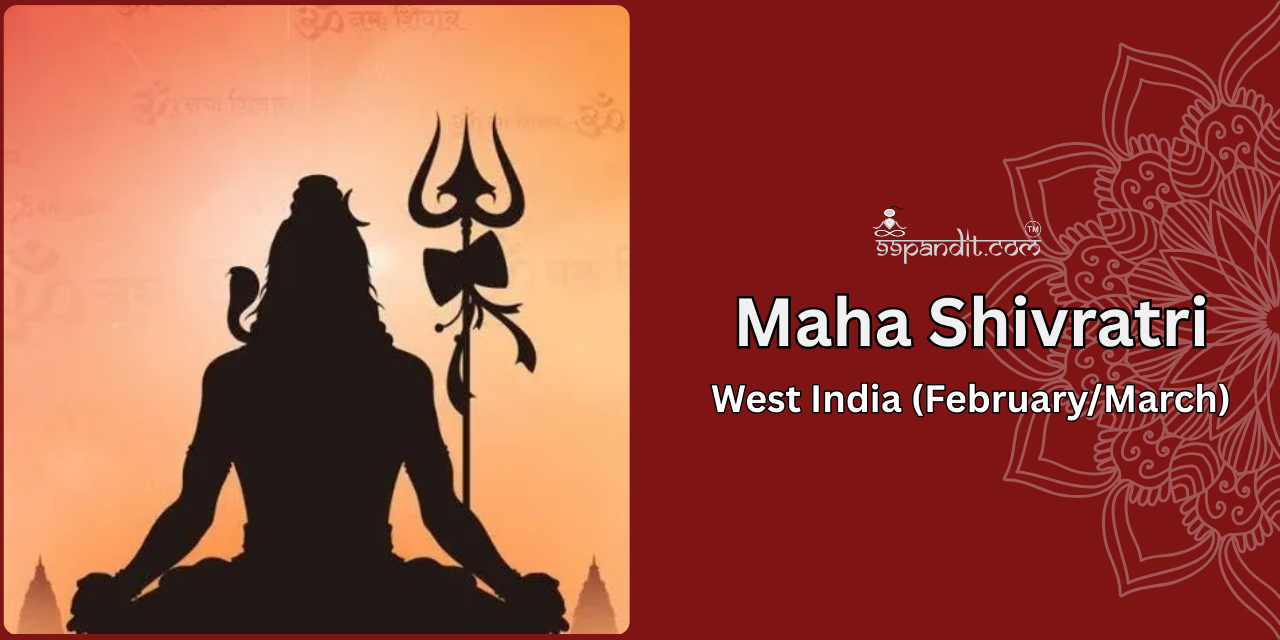
The festival is the night of silence and stillness that pleases and is inspired by the undisturbed dignity and discretion of the lord.
A most-awaited celebration of India, the festival of love and colours, Holi shows the achievements of good over evil, the eternal divine and pure love seen between Radha and Krishna, and the spring season blossoming.
The festival often falls in Phalguna month (March), and it officially starts the night before the main day, during Holika dahan.
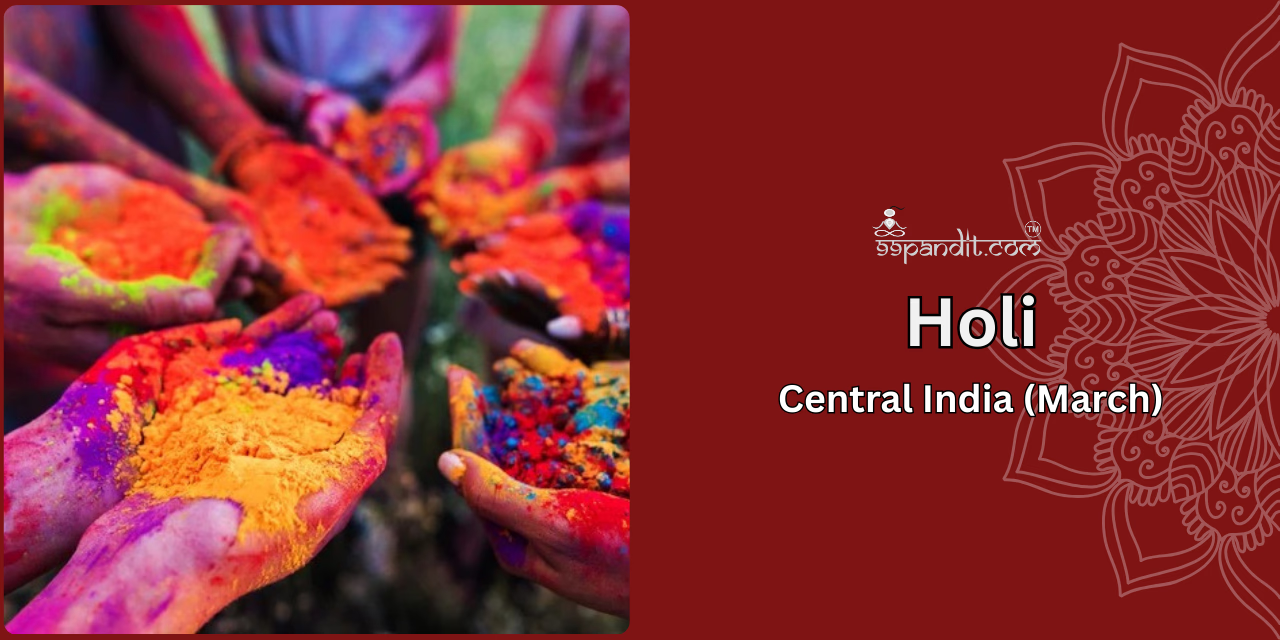
People lit a bonfire to indicate the killing of Holika, the sister of King Haraniyakashayp.
On other days, people just spread colour on each other, make delicious meals, and share gifts.
A festival to signify the eternal love of lord shiva and Goddess Parvati, mainly celebrated in Rajasthan. It is organised in cities like Jaipur, Udaipur, and Jodhpur and performed just after Holi.
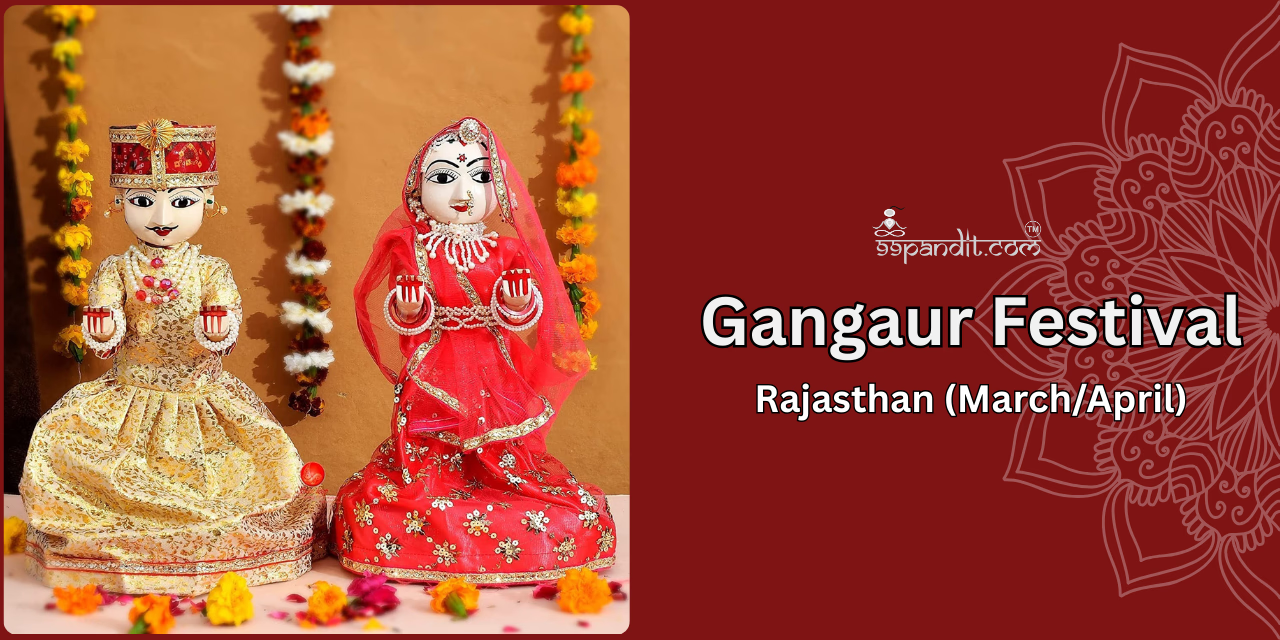
It is pleasing for the lord to seek marital bliss and prosperity, as married women wear colourful attire, bring idols of goddess Gauri, and be a part of lively music, folk dances, and cultural activities.
Buddha Purnima is the celebration of the birth anniversary of lord buddha. This is also referred to as Vesak or Buddha Jayanti, which brings enlightenment, the death of Buddha, and the founder of Buddhism.
Followers visit the temples of Buddha, seek blessings, meditate, and are involved in spiritual events.
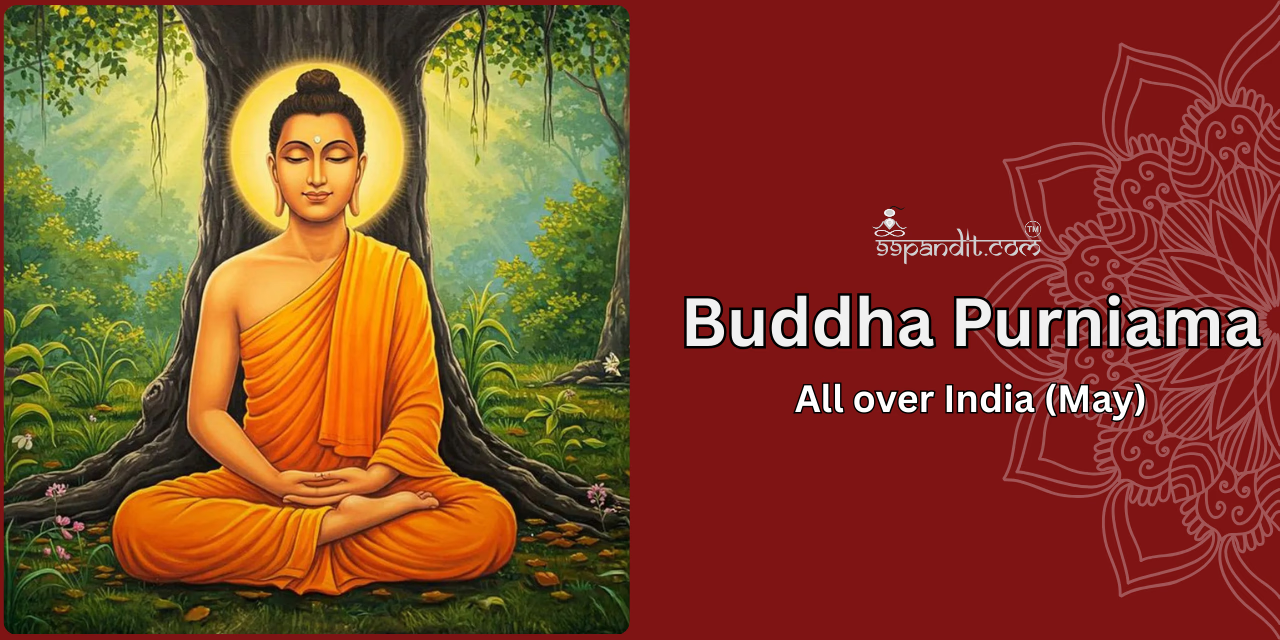
The day is marked by performing kindness, generosity, and dedication as people aim to emulate the teachings and virtues of lord buddha.
Moving to the next, Jagannath Rath Yatra, which is one of the Hindu festivals too. The organisation is held in Puri, Odisha, where a grand chariot festival is held for lord jagannath.
The heartfelt devotees pull the colossal chariots carrying the deity on the streets. This is the only day when god came out of his temple to bless his devotees.
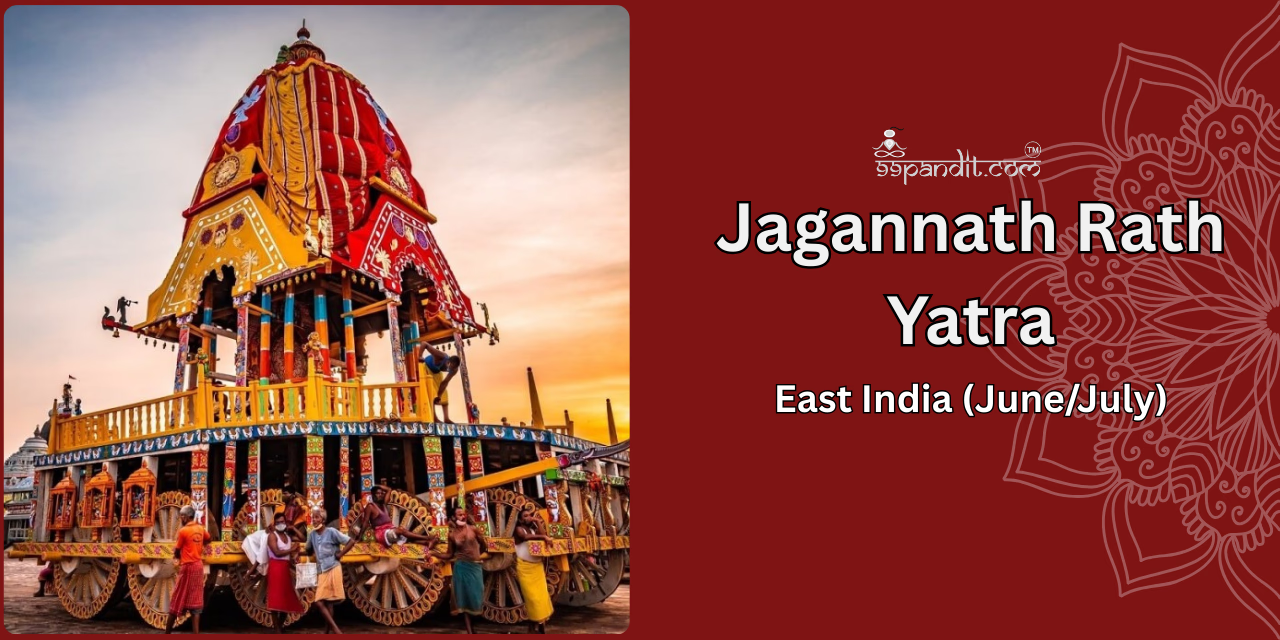
The atmosphere is filled with spiritual enthusiasm, cultural dance, music, and colourful parades.
Teej is a significant festival performed mainly by women in different parts of India. The day is dedicated to the Hindu goddess Parvati, as it shows womanhood, marital offerings, and the coming of monsoon weather.
Women keep a long day fasting without eating or drinking for the long life of their husbands. They get ready in beautiful dresses, apply henna, and get involved in folk dances like Ghoomar.
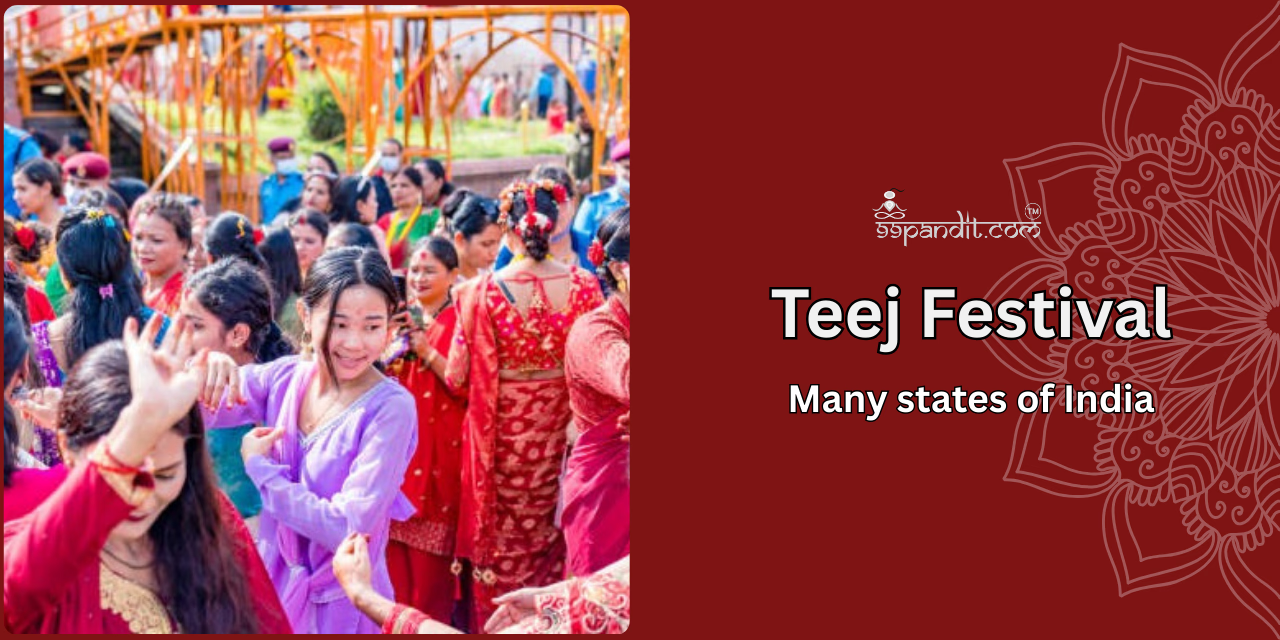
The enjoyment gives a diverse tapestry of celebration in the country, merging devotion, joy, and the spirit of togetherness.
The celebration of the beautiful bond between brother and sister, a sacred Hindu festival.
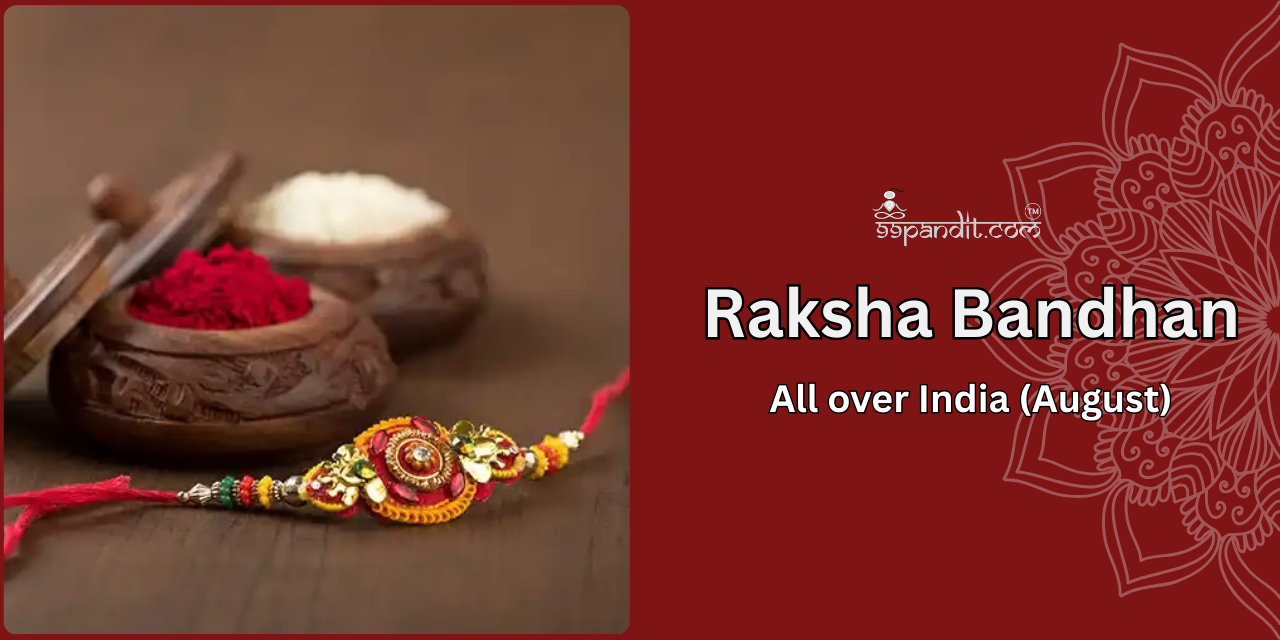
On the day, the sister ties a sacred thread, which is called a rakhi, on the wrist of their brother. The ritual expresses love and protection, and a promise from brother to his sister.
One of the most awaited festivals of lord Ganesha, Ganesh Chaturthi, is celebrated especially in Maharashtra.
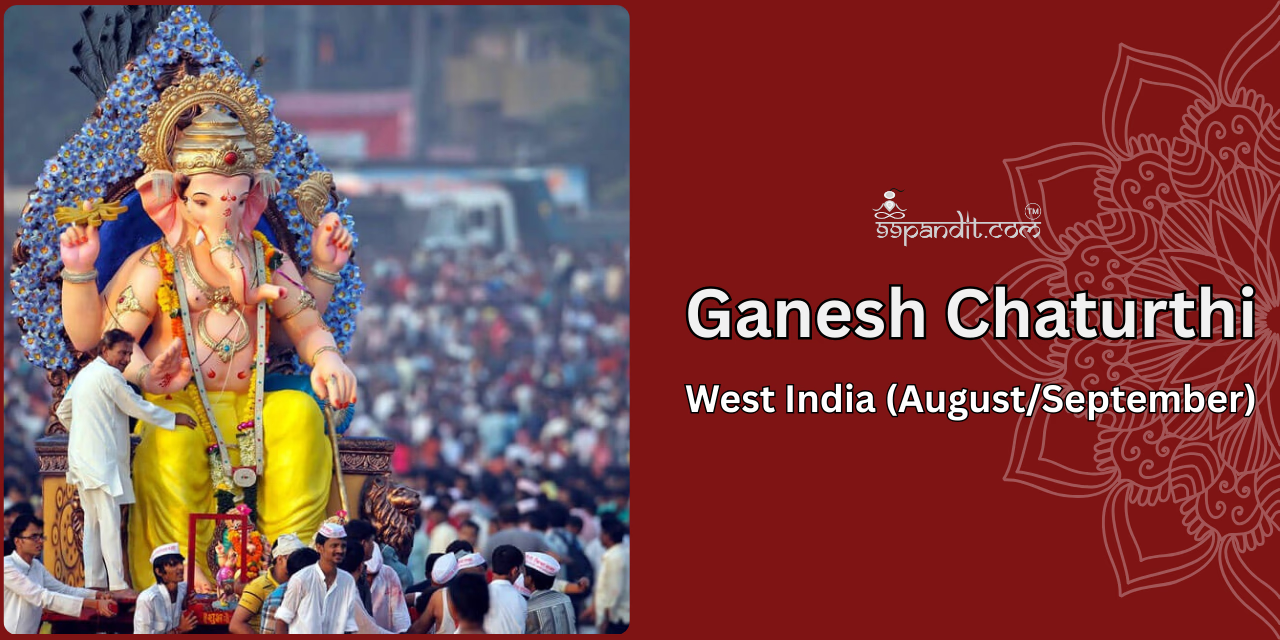
This is performed with great devotion in other parts of Western India. It includes the setup of Ganesha idols, long parades, devotional activities, and immersion of the idols in water.
Onam, the Hindu festival, takes place in Kerala, a ten-day spectacle filled with different cultural activities. It commemorates the homecoming of the mythical king Mahabali.
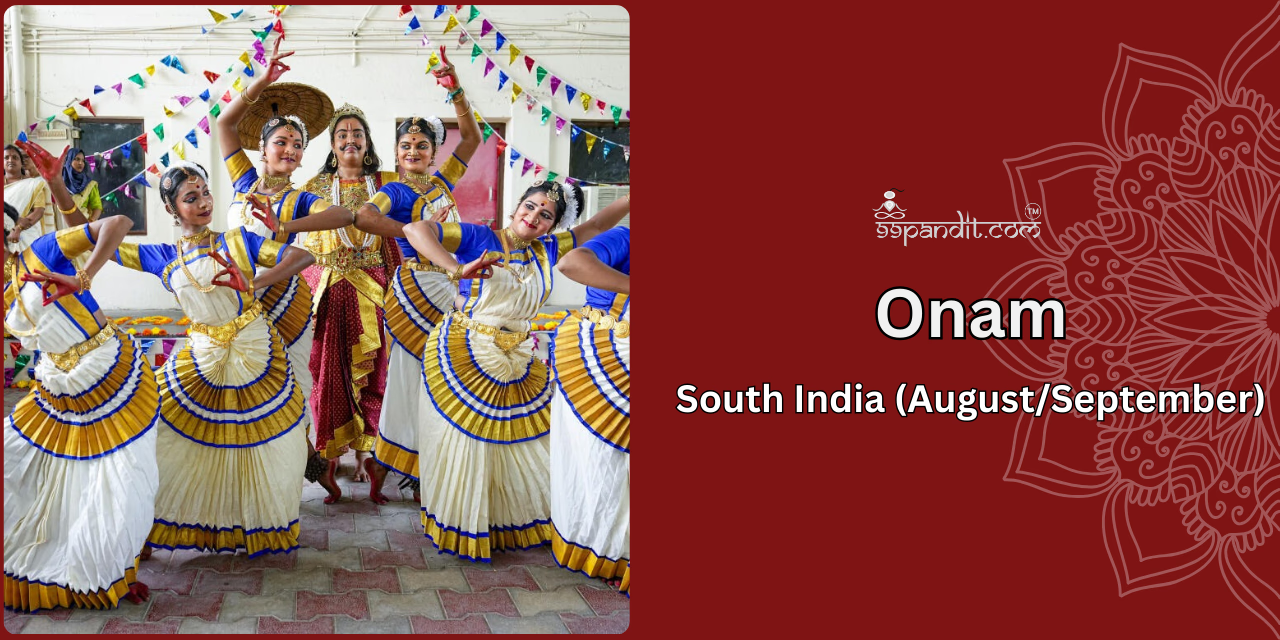
Followers decorate their houses with floral carpets called Pookalam, dive into sumptuous feasts, and are involved in snake boat races called Vallamkali, and also the cultural dance form like Kaikottikali. If you’re in India, do not miss visiting the south during the monsoon season.
Navratri, what do you understand by this term? This is the nine-day celebration of nine forms of Goddess Durga, dedicated each day.
The Hindu festival is conducted with immense joy in Gujarat and other parts of western India, and falls in September and October, just after Pitru Paksha.
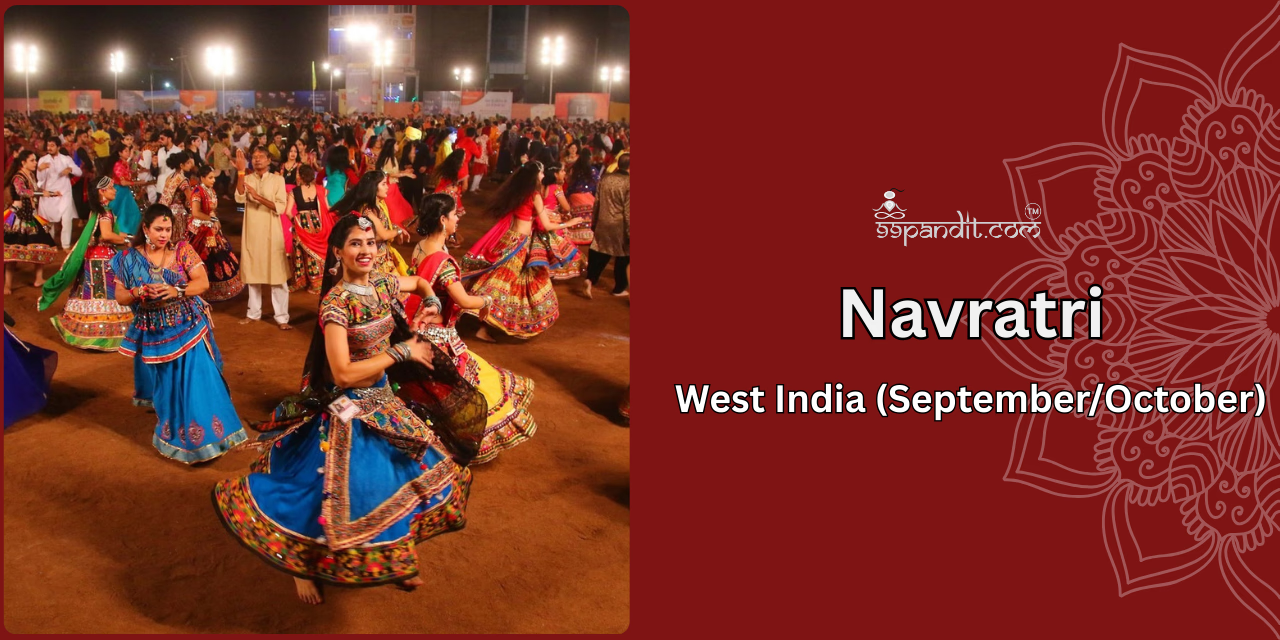
The festival is a sign of Goddess Durga’s victory over the demon named Mahishasura.
People from different castes perform energetic garba and dandiya ras dances by dressing up in bright attire.
The rhythmic beats and vibrant environment make an electrifying vibe, grabbing participants and viewers alike.
Performed at the end of Navaratri every year, called as Vijayadashmi, the prominent Hindu festival is conducted on the 10th day of the Ashwin month.
Dussehra is honoured for many reasons, and the entire Indian subcontinent, where people offer many names to their beliefs.
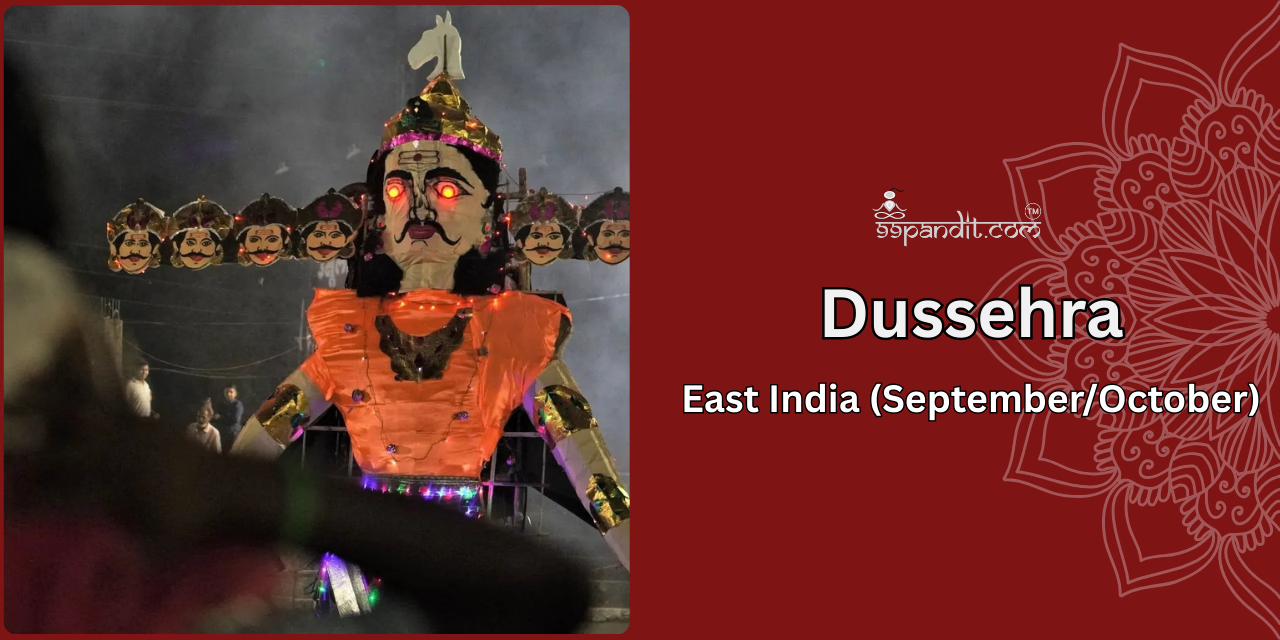
For instance, in northern India, the festival indicates the end of Durga Puja, in other places of the country, it’s termed as Dussehra while celebrating by scheduling Ramlila performance and all.
The festival of keeping fast for the husband’s long life, Karwa Chauth, is observed by both married and unmarried women.
This is mainly celebrated in North India, especially in states like Punjab, Rajasthan, and Uttar Pradesh.
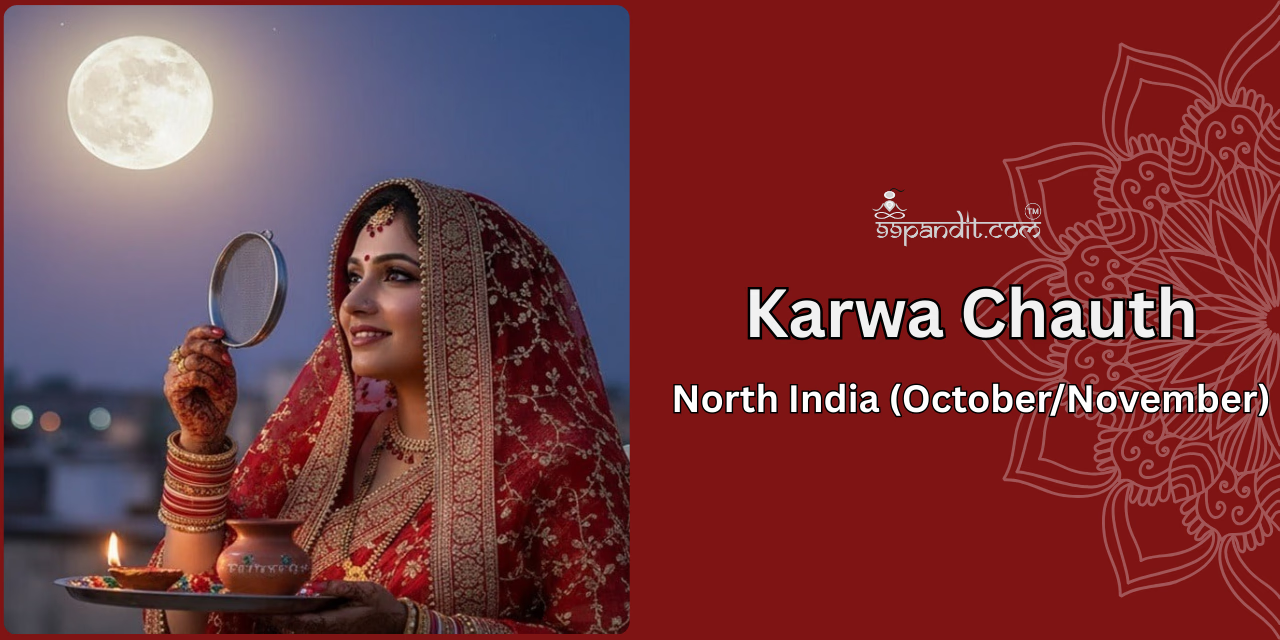
Married women keep a day-long fast from sunrise to moonrise for the prosperity or well-being of their husbands. After seeing the moon, they break their fast and offer prayers.
This Hindu festival is a celebration of love, dedication, and the unforgettable bond between couples, giving a diverse array of festivals in India.
Diwali – the festival of lights; the biggest festival of India. The celebration of the festival starts 5 days before the beginning of Dhanteras. It’s celebrated as per the Hindu lunisolar months of Ashwin and Kartik.
The symbolism of the win of light over darkness, good over bad, and knowledge over ignorance. Goddess Lakshmi, lord kubera, and lord Ganesha are the main deities of this festival.

The festival started to celebrate when lord ram returned to his kingdom, Ayodhya, after fighting with Ravana and completing the exile of 14 years.
The celebration includes lighting oil lamps, a bonfire, exchanging gifts, and enjoying traditional dishes and sweets. It is one of the oldest festivals that should not be missed.
A much-awaited festival and one of the huge celebrations in Tamil Nadu, Pongal is celebrated as the Hindu harvest festival.
Even celebrated in Sri Lanka, it starts off by the end of the start of the Tai month as per the Tamil solar calendar, which often comes during the winter month of January.

The ritual is dedicated to the sun god or Surya Dev, the custom corresponds with the north indian festival of Makar Sankranti.
Referred to as Basant Panchami, an auspicious day that marks the arrival of spring. The ritual is dedicated to Goddess Saraswati, who is the deity of wisdom, music, arts, and knowledge.
Followers pray to her to bestow blessings for creativity and intellect by performing rituals.
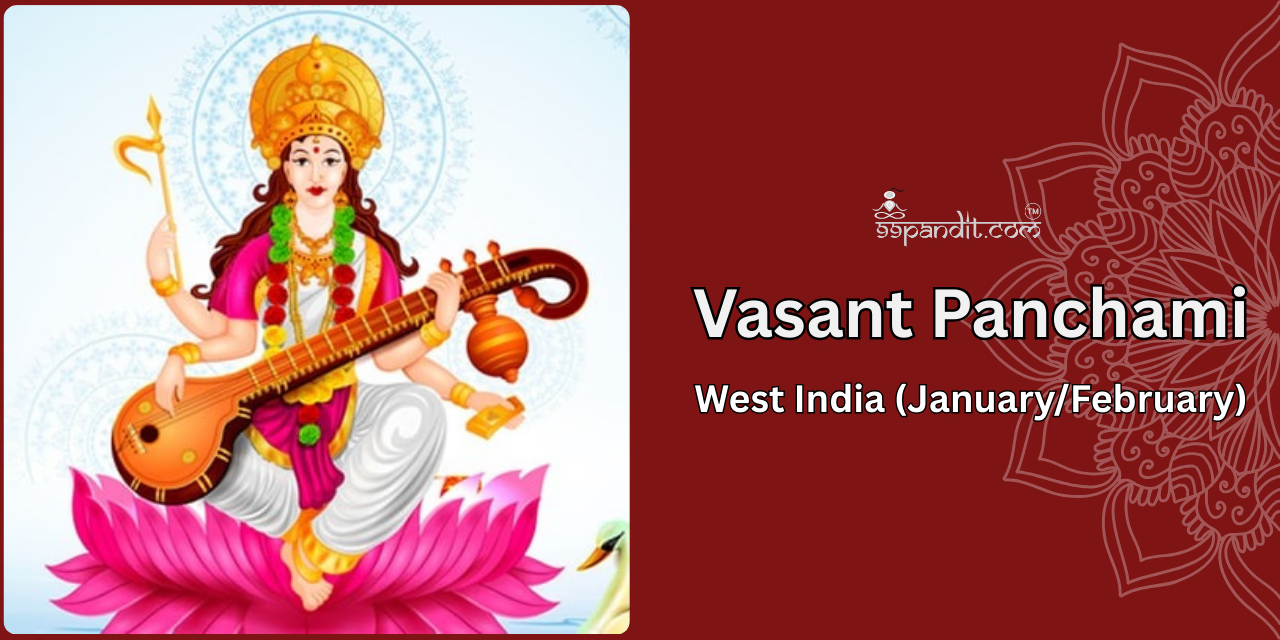
The celebration is also performed by many cultural events, consisting of music and dance performances.
People wear yellow clothes and worship their books and musical instruments to get the goddess’s blessings.
Ram Navami is the birth of lord rama, who was the 7th incarnation of lord vishnu. Followers are a part of this ritual by keeping fast, offering prayers, and performing pujas at temples devoted to the lord.
An important custom during the festival is chanting the Ramayan, the epic scripture that tells the life and divine journey of Ram.
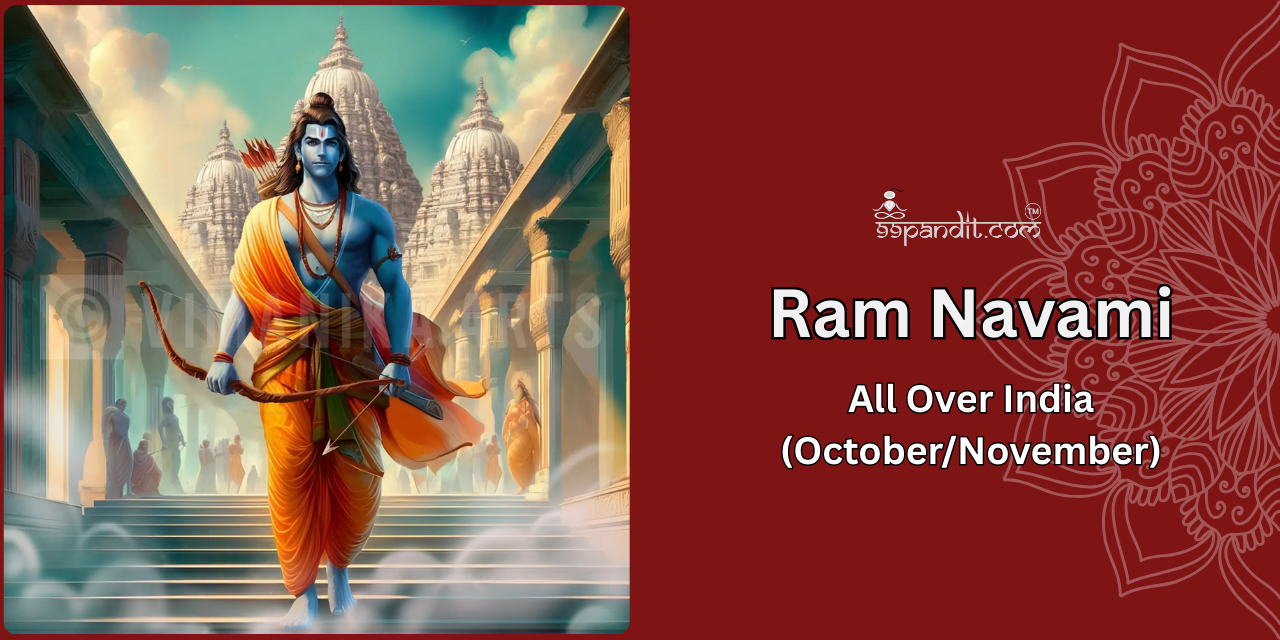
For different regions, large parades take place, consisting of idols and images of lord ram, Goddess Sita, and Hanuman.
The vibrant parade presents devotional music and rituals, giving the spiritual essence of Ram Navami.
The most significant festival of celebrating lord krishna birth, Janmashtami, is observed on Ashtami, the eighth day of Krishna Paksha (waning moon phase) in the Shravan month.
Lord Krishna is believed to be the 8th incarnation of lord Vishnu. Worshippers conduct the day by fasting, reciting devotional prayers, and engaging in spiritual and cultural activities.
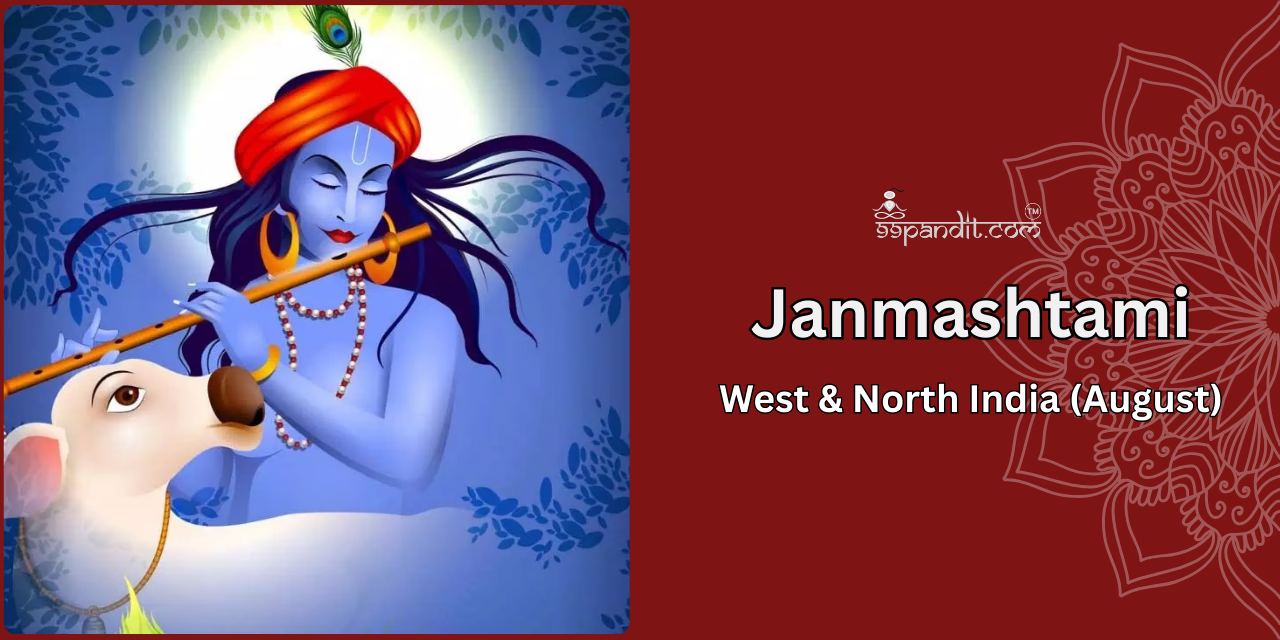
One of the most well-known events is Dahi Handi, where a group of boys make human pyramids to break the pot filled with curd or butter.
It shows lord krishna’s playful nature, as he was popular for stealing butter to eat in his childhood.
Baisakhi is the beginning of the first day of the Vaisakh month, which falls in April. This is the spring harvest festival, which is connected mainly to the northern regions.
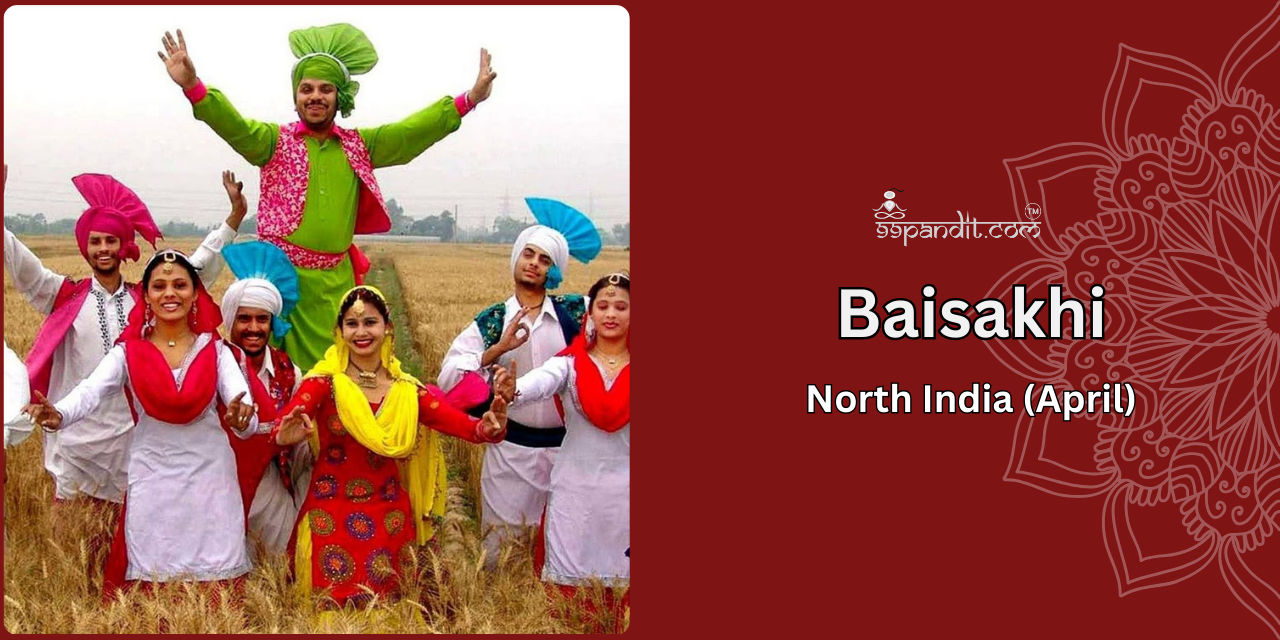
Other Indian traditions and diasporas also honour the festival in their own ritual. Mostly celebrated by Sikh society, during the festival, they schedule kirtans, visit gurudwaras, and share festive foods.
The ancient festival of Chhath Puja is mostly celebrated in Bihar, Jharkhand, Nepal, West Bengal, and Uttar Pradesh.
The ritual is devoted to lord sun or Surya Dev, a practice of offering gratitude and thanksgiving to the deity for blessing a bountiful life on earth.
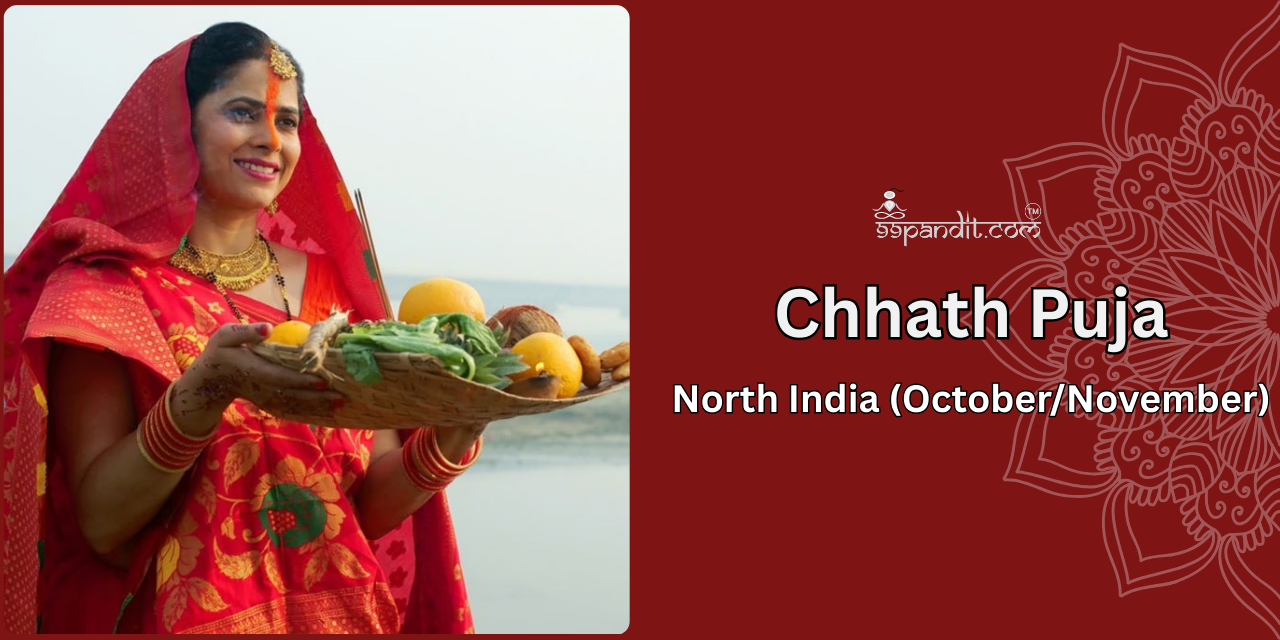
This is the 6-day ritual after Diwali, and even environmentalists have claimed that this puja is one of the most eco-friendly spiritual traditions in the world.
The rituals consist of bathing, abstaining from drinking water, fasting, standing in water, presenting prayer, and so on.
One of the most notable holidays in the subcontinent is the Bihu festival of north-east India, and it is mainly celebrated by people of the locality, the Assamese.
Bihu, consisting of the 3 grand Assamese festivals of Rongali, Kongali, and Bhogali, is a celebrated festival that is mainly held in January, which happens to be the peak winter month of the year.
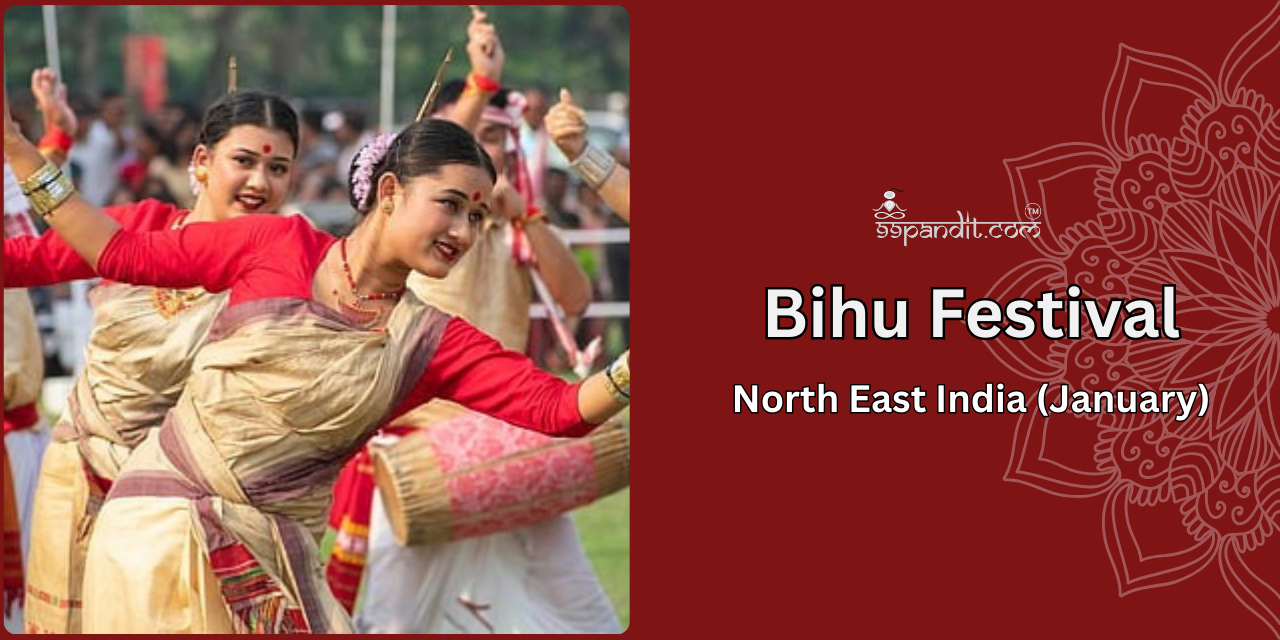
All elements of the rituals and the celebrations bear the impact of Southeast Asia and Sino-Tibetan cultures.
Typically, when people talk about Bihu, they really mean Assamese Dance, but it is much more than that.
The last and fifth day during Diwali is the day that Hindus observe Bhai Dooj or Bhai Phota in certain regions.
It is customary to fall during the second day of the brilliant fortnight (Shukla Paksha) of the Hindu month of October or November, Kartika. Bhai Dooj is celebrated to the brother-sister bond.
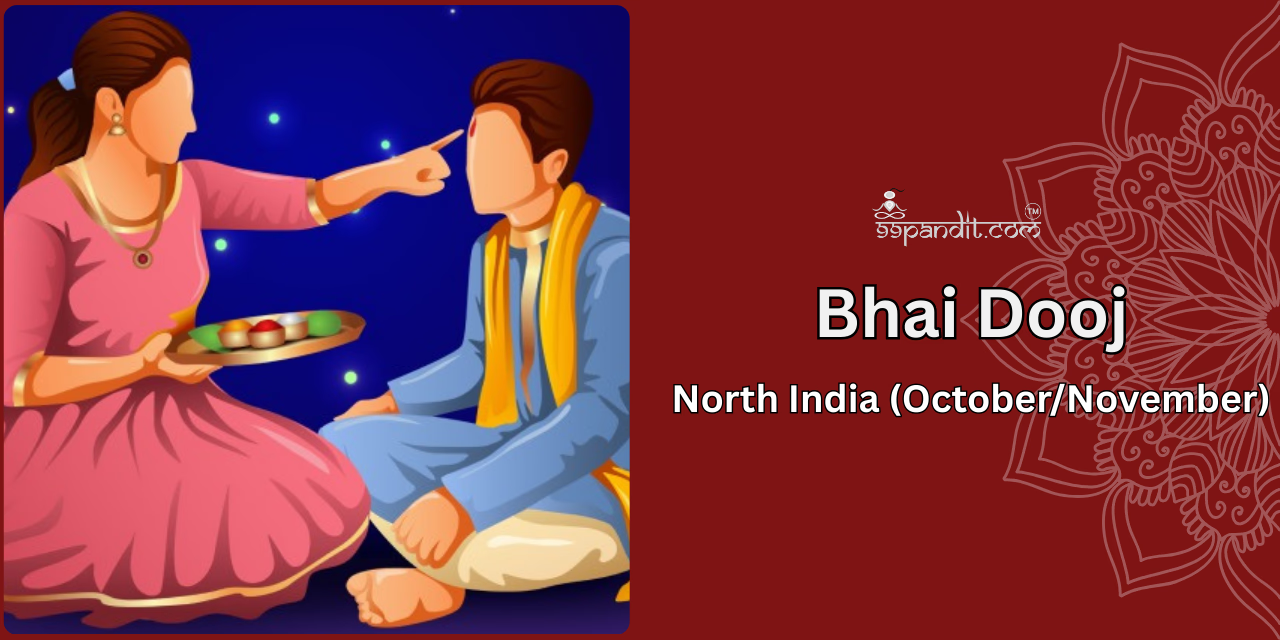
This day is special because sisters perform a special ritual where they apply a tilak (vermilion mark) on the forehead of their brother, wave light in an aarti (light wave), and also pray for their well-being.
Brothers, in turn, give their sisters gifts and promise to care for and protect them. Siblings’ affection, devotion, and the binding of siblings are features of the celebration.
Ugadi is accepted as the new year in the Deccan region of India and especially in the states of Andhra Pradesh, Telangana, and Karnataka.
It is because of this day, the Chaitra month, normally starting in March or April, that it is celebrated as the start of the month.
Ugadi is the official rebirth of the new year on the lunar calendar. It is a time of changes, New Year’s resolutions, and giving up bad habits.
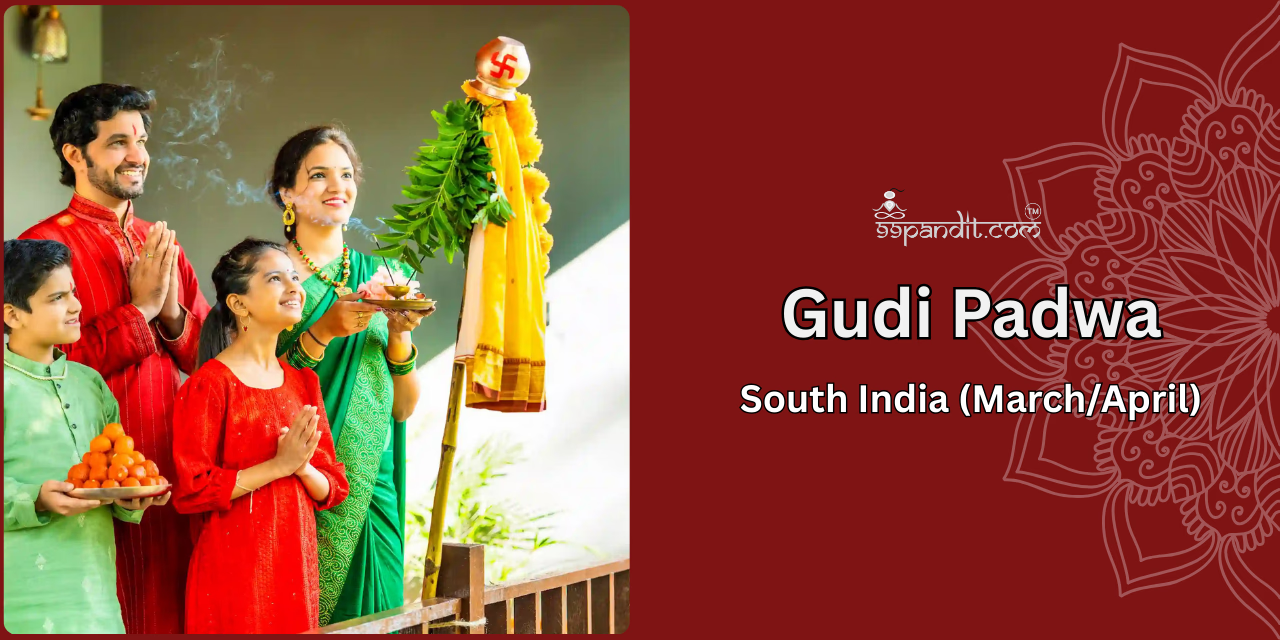
The festival is most commonly followed in the Konkan area of the Indian state of Maharashtra.
It normally falls around the first day of Chaitra month, which is during either March or April. Gudi Padwa is also the time of cleaning the houses and decorating in a similar way to Ugadi.
Flowers and colours are adopted through rangoli (colour floor patterns) in people, and this creates a happy atmosphere.
Mahavir Jayanti is celebrated by the Jain community that is found in the subcontinent, and basically, it is the birth anniversary of the founder of Jainism.
Well-known in the annals of the Jain community as one of the most inauspicious festivals, people unite to celebrate peace, harmony, and spread the teachings of Mahavir, the 24th Jain Tirthankar.
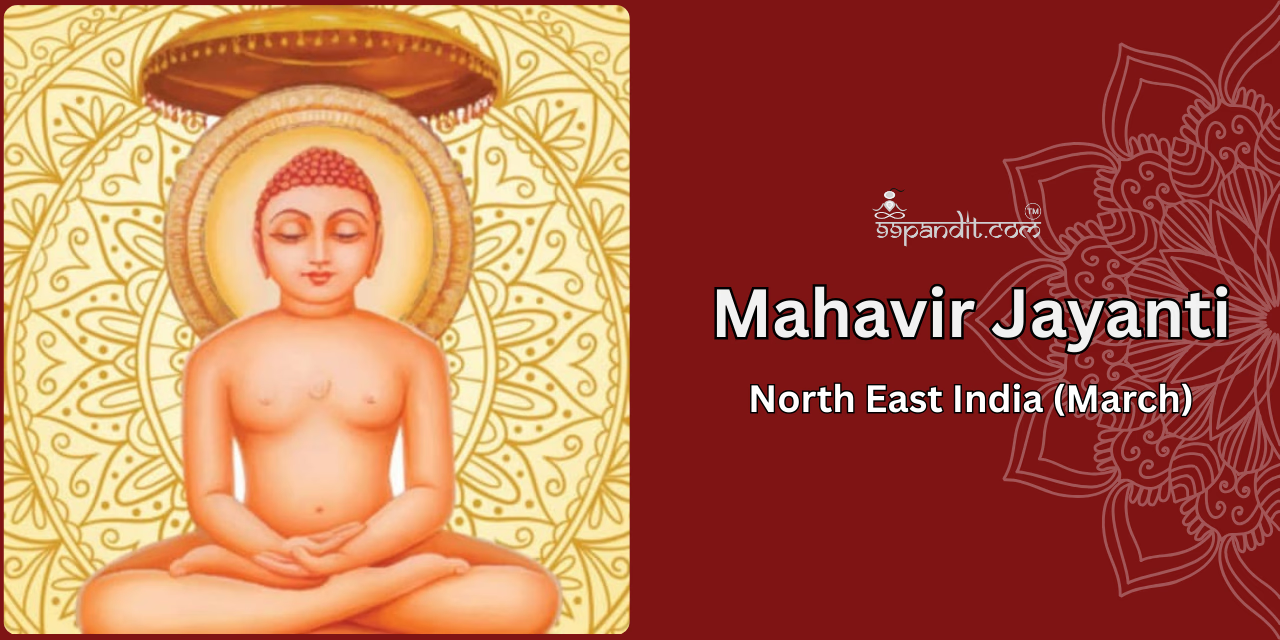
According to the sanctified Jain books and scriptures, Mahavir was born on the 13th day of the bright half-moon under the Chaitra month.
The festivals involve the procession of the idol of Lord Mahavir on a beautiful chariot known as Rath Yatra.
The idol is provided with a ceremonial Abhishekam, and on the day, a wide range of Jain people take part in the process of giving and charity.
Hindu festivals are not only the celebration of days – they’re an auspicious welcome of divine energy, making it a perfect time to schedule important pujas and rituals.
Whether you’re looking to seek deity blessings for prosperity, health, career, and peace at home, perform the special puja on these days by booking a pandit from 99Pandit to improve its religious benefits.
Book a certified and experienced pandit with 99Pandit to schedule a puja has never been easier.
Whether it’s a Diwali puja, Durga puja, Ganesh Chaturti puja, or Navaratri saptashati path, you can easily arrange everything with only a few clicks.
Also, get complete puja samagri from shop.99pandit and customize rituals based on your tradition.
Why Choose 99Pandit?
Popular Auspicious Days to Book a Puja:
Isn’t India a happening land where every emotion meets and celebrates in joy? From Makar Sankranti to Durga Puja, all festivals retain cultural and religious significance.
The list of top 25 Hindu festivals gives a glimpse into the bright celebrations that take place in India.
The rituals are not just marking beginnings but also boost family and community bonds. Participating in the festivals lets the travellers dive into the bright colours, sounds, and flavours of India.
It gives an unforgettable experience and a strong understanding of its various cultural heritage. Why miss these divine festivals, beautiful sightseeing, and light up your boring life?
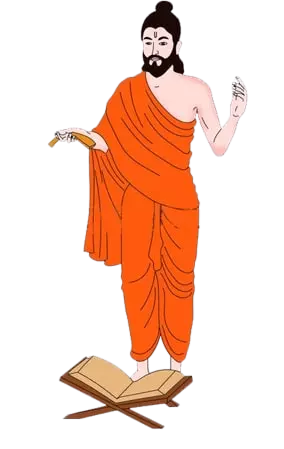
100% FREE CALL TO DECIDE DATE(MUHURAT)

Table Of Content
Filters by categories
All Pujas
Puja On Special Events
Upcoming Pujas
Dosha Nivaran Pujas
Mukti Karmas
Filters by Trending Topics
Filters by Regions
North Indian Pujas
South Indian Pujas